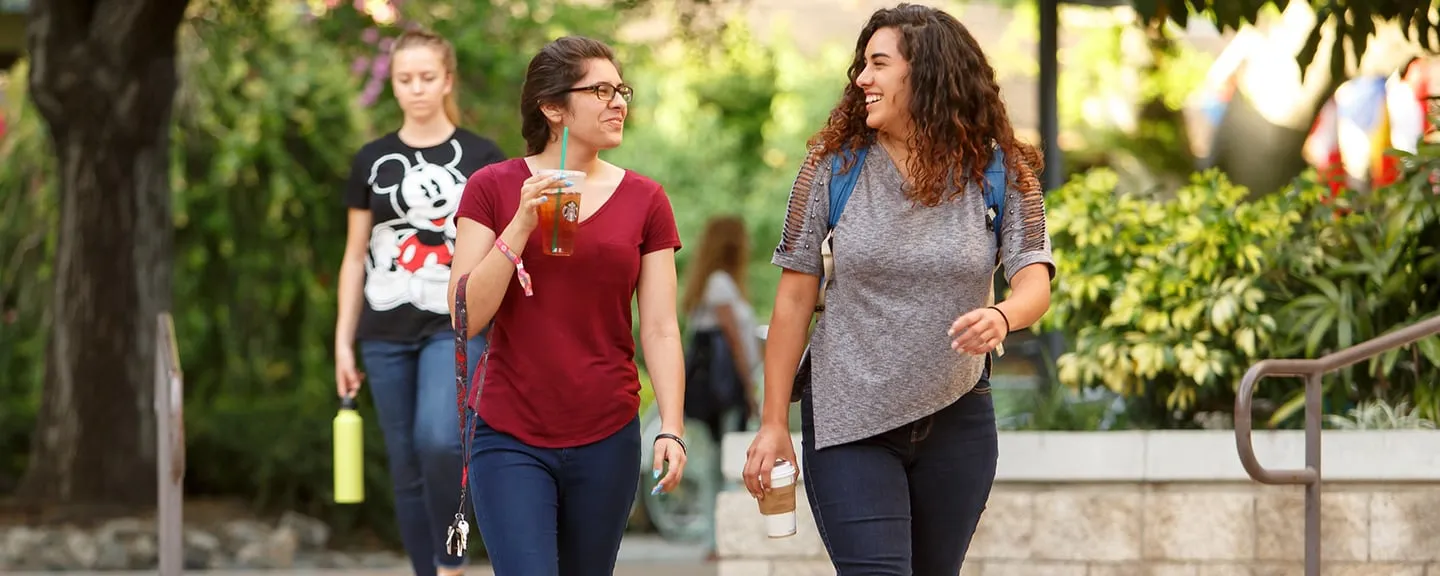- Home
- >
- APU Articles
- >
- News Article
How to Help Your Student Return to College After Taking a Gap Year
July 27, 2022 | Written By Ashley Eneriz

After such a long break in their studies, it can feel intimidating for your child to return to the campus and classroom, especially in an entirely new academic reality. Fortunately, preparing for a gap year return can go a long way in helping your child adjust as the new semester begins.
Ease Back into Studies
Even if taking a gap year was restful for your child, that doesn’t necessarily mean they’re ready to jump back into a full college schedule. “Once students begin their academic journey after a gap year, it’s common for them to feel out of place,” said Courtney Davis, PhD, an associate professor of communication studies at Azusa Pacific University.
Encourage your student to meet with an academic advisor about how to create a balanced course load, especially before the class-drop deadlines, when they can safely drop a class without impacting their GPA. This usually occurs about two weeks after the class begins, giving the student time to better assess their situation. Do they feel overwhelmed with their class load or struggle to keep up? This might be a sign they need to postpone a class to a future semester.
Ask for Help
Many times a college student won’t ask for help because they don’t know how, where, or when to do so. The good news is that APU offers free resources to help all students succeed, and they’re available almost anywhere on campus. “Take advantage of the resources offered on campus,” said Davis. “Help others understand where you are now, where you are going, and how they can help you get there.”
A great place for your child to start is with their professors, all of whom have office hours to help students and can help direct them to the right resource on campus, including the following:
- Writing Center: Students can find help for all writing projects, from brainstorming and drafting to editing and proofreading. The staff works with students one-on-one, in groups, online, and in workshops.
- Math and Physics Center: Student tutors (mostly APU mathematics majors) are on-site for walk-in tutoring at all levels of mathematics and physics.
- Strengths Development: Students can better understand their unique talents and how to channel them to academic success.
- Exploring Program: For students who haven’t nailed down their desired vocations, this program helps them focus on their passions and strengths to narrow down majors.
Encourage New Opportunities and Plan Changes
A gap year doesn't have to be a setback. Instead, it can serve as an opportunity to reconsider life and academic goals. Help your child embrace the change rather than stick to something their heart isn’t in. This will help ensure they return to classes full of motivation and excitement to learn.
Returning after a gap year is also an excellent time for exploration. Motivate your child to keep tabs on the school events calendar, as well as local church calendars for upcoming meetings, concerts, and volunteer opportunities. Attending these events can introduce your student to new passions and people—which can make all the difference.
Is your child considering returning to school after taking a gap year? Explore the student resources that can help them thrive as they readjust to the academic environment.